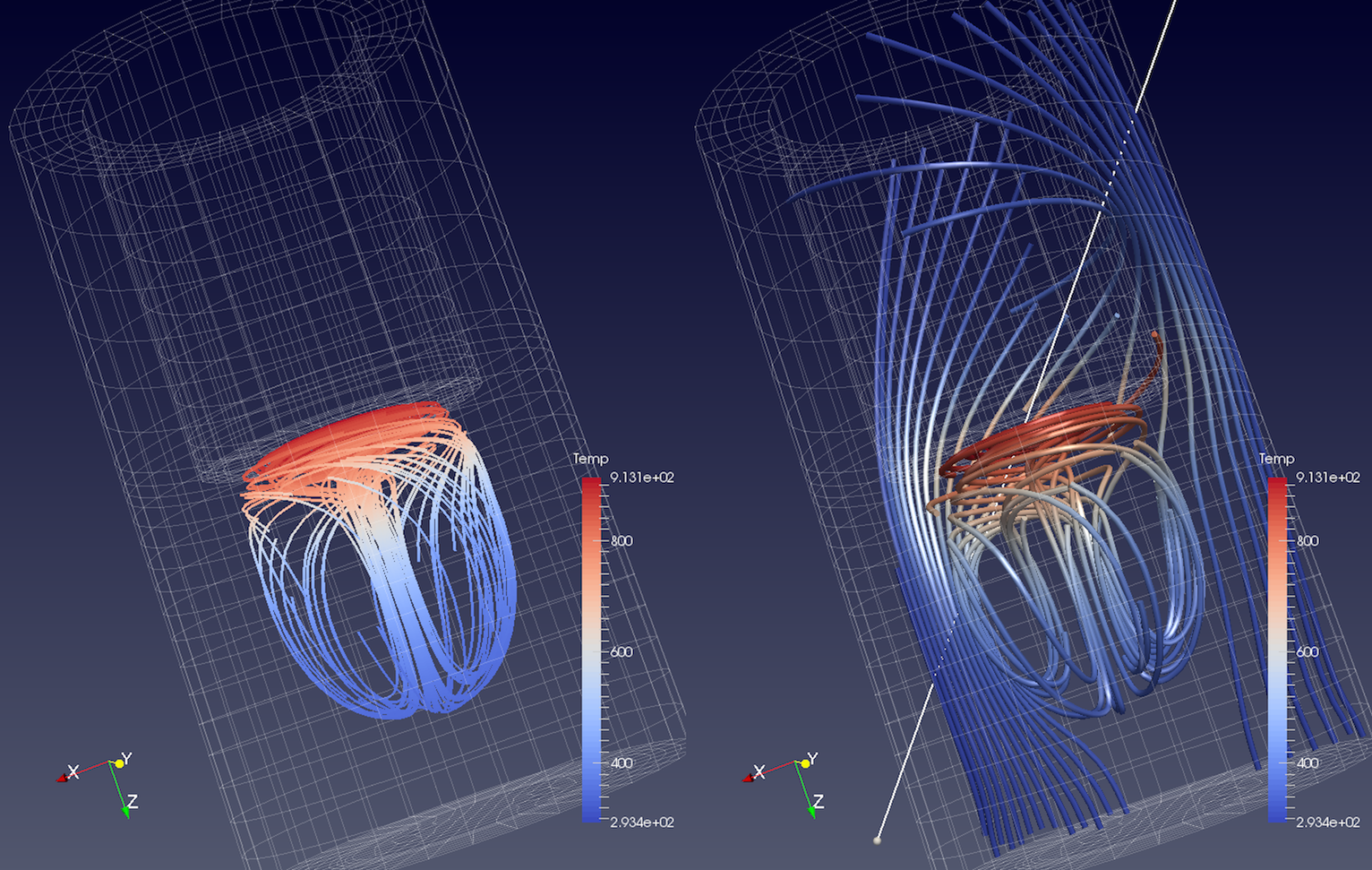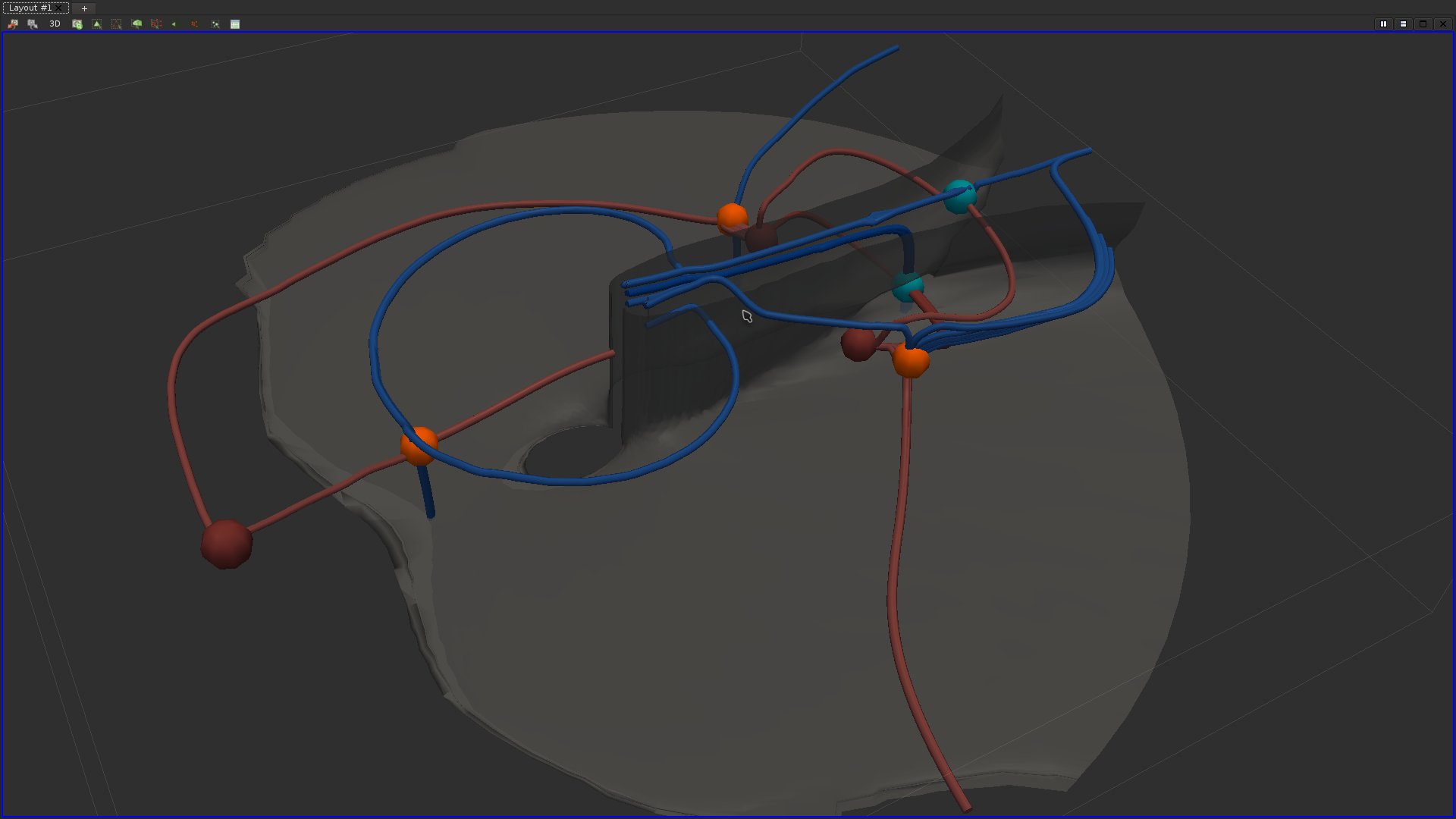

This shows clearly that the curvature of the front surface can be much steeper than the back of the object. The canonical example of a streamlined shape is a chicken egg with the blunt end facing forwards.

The Streamline Moderne style, a 1930s and 1940s offshoot of Art Deco, brought flowing lines to architecture and design of the era. Streamlined objects and organisms, like airfoils, streamliners, cars and dolphins are often aesthetically pleasing to the eye. This task is known as streamlining, and the resulting design is referred to as being streamlined. The patterns guide design modifications, aiming to reduce the drag. Further, dye can be used to create timelines. Streaklines are identical to streamlines for steady flow. The magnitude of the radial pressure gradient can be calculated directly from the density of the fluid, the curvature of the streamline and the local velocity.ĭye can be used in water, or smoke in air, in order to see streaklines, from which pathlines can be calculated. The center of curvature of the streamline lies in the direction of decreasing radial pressure. The curvature of a streamline is related to the pressure gradient acting perpendicular to the streamline. Knowledge of the streamlines can be useful in fluid dynamics. When possible, fluid dynamicists try to find a reference frame in which the flow is steady, so that they can use experimental methods of creating streaklines to identify the streamlines.

In the aircraft example, the observer on the ground will observe unsteady flow, and the observers in the aircraft will observe steady flow, with constant streamlines. For instance, the streamlines in the air around an aircraft wing are defined differently for the passengers in the aircraft than for an observer on the ground. That is, the streamlines observed in one inertial reference frame are different from those observed in another inertial reference frame. However, if the flow is steady, one can use streaklines to describe the streamline pattern. This is useful, because it is usually very difficult to look at streamlines in an experiment. The group of streamlines enclose the green curves ( C 1 the flow would have changed and the particle will go in a different direction.

These arrows are tangential to the streamline. The red arrows show the direction and magnitude of the flow velocity. Your coloring should be by wind magnitude (instead of a solid color) and you should choose a transfer function that allows each isosurface to be distinguished.Solid blue lines and broken grey lines represent the streamlines. Select at least three isoavlues to be shown. Then, isosurface the resulting attribute using the Contour filter as in Step 1 make sure you select the Calculator filter before contouring. You may calculate this as: sqrt(wind_X*wind_X + wind_Y*wind_Y + wind_Z*wind_Z) In ParaView, this is done via the Calculator filter. To accomplish this, you will need to first create dervied data-the wind magnitude as a scalar. You should show at least three isosurfaces and color them differently with some transparency so that the different surfaces are visible and differentiable from the QCLOUD isosurface. Update: Due to issues with ParaView and AMD graphics cards, I will allow you to create isosurfaces instead of a volume rendering for the wind magnitude. For this part of the assignment, create a suitable transfer function that shows the high wind speeds in the center of the hurricane. Remember to consider both color and opacity in your colormap. You can now choose to Edit the colormap (transfer function). For Coloring, we want to select the wind variable and choose to show the Magnitude of that vector. Instead, we can scroll down to the Representation selector in the Properties panel and select Volume from the dropdown list. To do this, we do not need to add filter. Now, we are going to create a volume rendering of the wind speed. This lets ParaView know that we want to create another visualization from the original data not the isosurface we just created. In the same panel, go back and click on the original dataset again.


 0 kommentar(er)
0 kommentar(er)
